Welding
Welding involves fusing different metals together. This process is used in many different industries such as automotive, construction, shipbuilding, maintenance, and etc. In the United States, the welding market is about $24 billion dollars in 2022 and steadily growing. Some welders undergo specialized training to further their craft or take on-the-job training. When something is being welder, you may see sparks being generated, but what you may not see is welding fumes and particulate. Dust control and capture systems are used to reduce these fumes/dust.
Learn More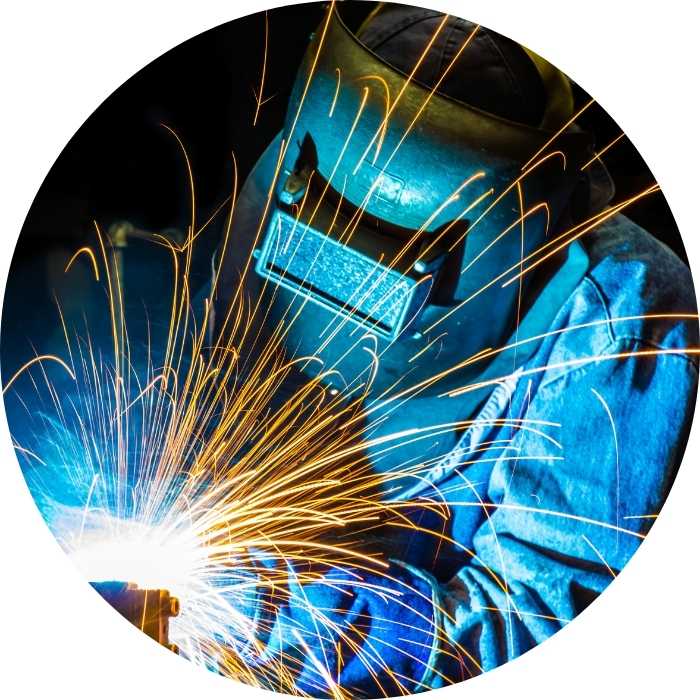
Types of Welding / Fluxes
Many factors go into what type of dust/fume workers are being exposed to; such as the types of welding. Types of welding include Flux Core Arc Welding, Plasma Arc Welding, Forge Welding, Gas Metal Arc Welding, and others. This factor affects workers being exposed to weld fumes.
For example, flux welding involves fluxes. Fluxes are a combination of different substances, chemicals, and minerals. Some contain fluorides and respirable crystalline silica. Fluxes are essentially what is being used in the welding process. They pose a safety hazard as welders could inhale the toxic fumes/dust from them.
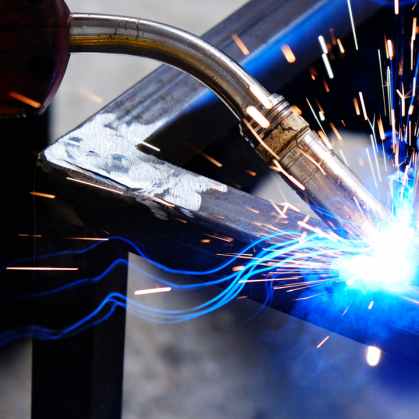
Dust Types
- Metallic Dust Particles
- Welding Fumes such as manganese, hexavalent chrome, and more!
- Smoke & Gases
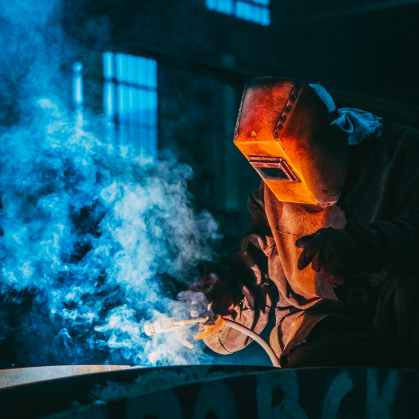
Health Risks
Most welders wear some force of welding helmets to protect their eyes or respirators. Metallic dust particles that are released into the air can cause great harm if inhaled - leading to respiratory conditions and lung damage. Not only is the particulate harmful but welding fumes should also be taken very seriously. Metal fume fever is an illness that is caused by long-term exposure of zinc oxide fumes (welding galvanized steel). Symptoms include headache, nausea, fever, and even pneumonia.
The welding of stainless steel can release toxic fumes such as Hexavalent Chromium which can cause eye/skin irritation and respiratory conditions. Long-term exposure can cause lung and nasal cancer as hex chrome is a carcinogen.
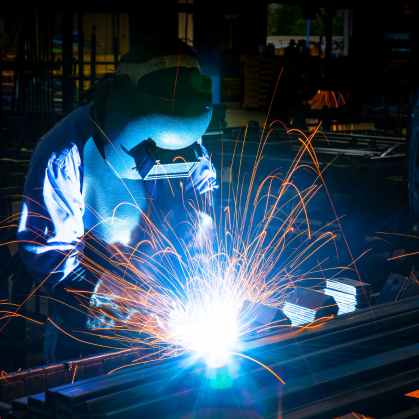
OSHA Regulations
The welding industry is subjected to regulations just like any other industry. One of these being OSHA regulations. When dealing with dusts and toxic fumes, guidelines are in place to protect welders. For example, hexavalent chromium has a permissible exposure limit (PEL) as 5 µg/m3 as an 8-hour time-weighted average. This is noted under OSHA Standard Number 1910.1026
It is important to follow guidelines set up by OSHA to avoid fines and citations that could shut down operations.
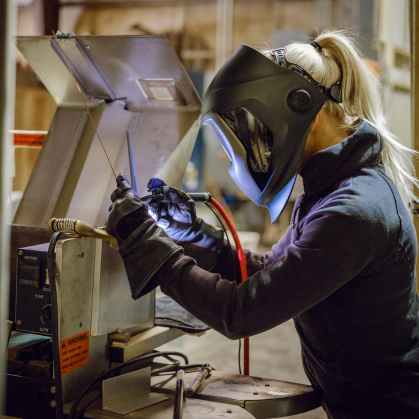
Combustible Dust Risks
A lot of dust generated in welding is combustible. This means that it is extremely likely to combust when ignited by an ignition source. Ignition sources can be a spark generated from equipment, electrostatic discharges, or even something as simple as a cigarette butt. That is why it is so important that work areas are kept clean and dust-free.
It is more than essential to protect workers, and manufacturing facilities from dust explosions. Once it ignites there is no stopping the explosive chain reaction. Implementing dust control and industrial air solutions is a good preventative measure.




